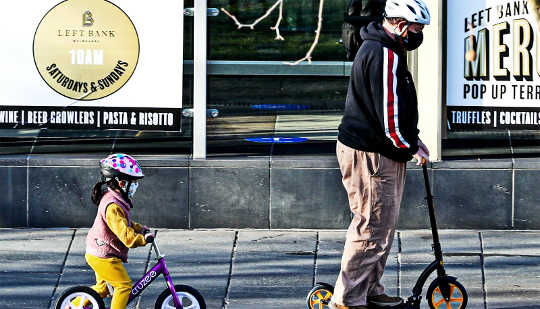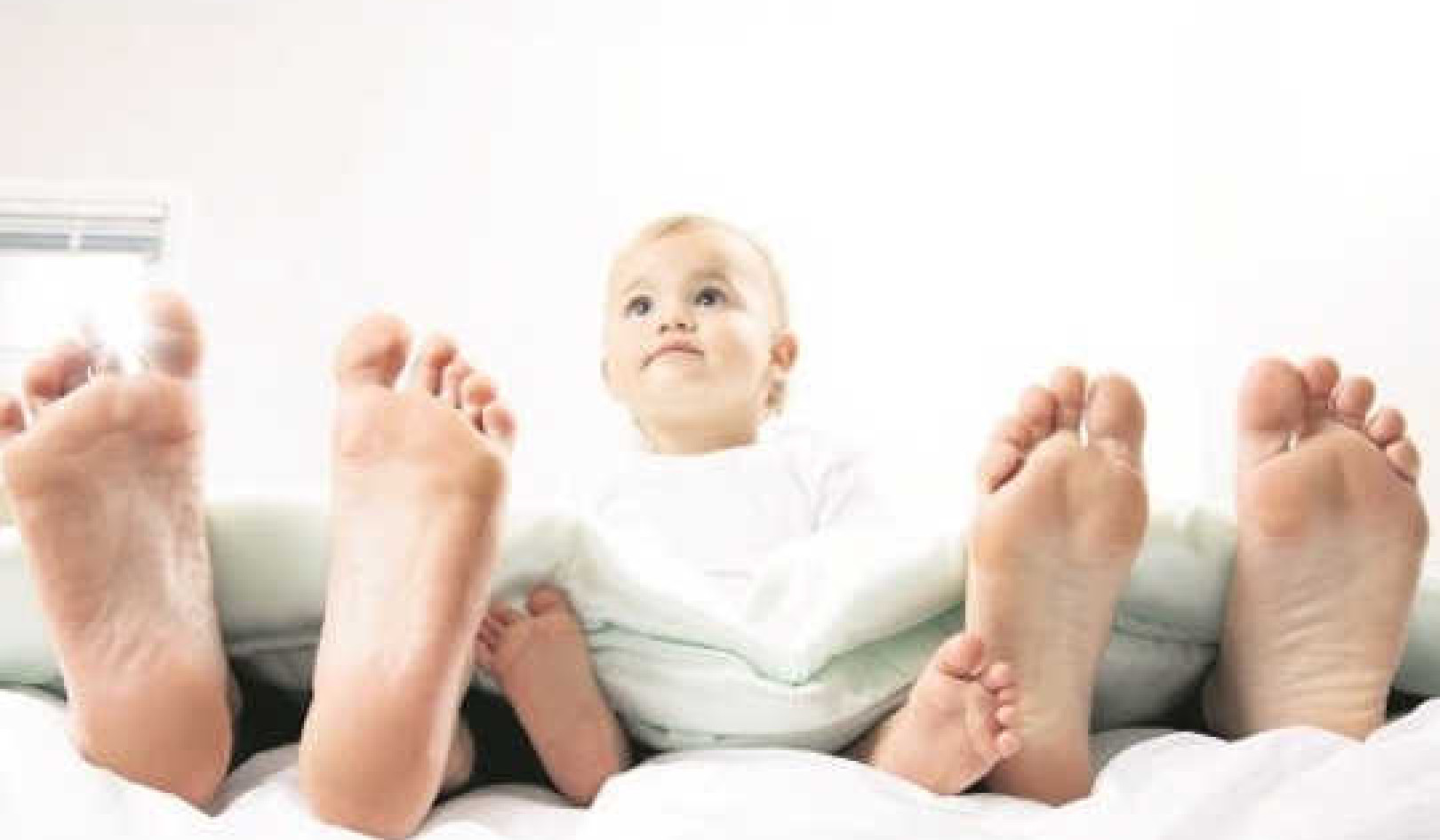
"Preschool children are great imitators, so they're likely to follow examples set by parents or older siblings. School-aged children are all about rules, so explain to them that mask-wearing is a new rule they must follow," says Meg Sorg. (Credit: Asanka Ratnayake/Getty Images)
Having kids wearing a mask doesn’t have to be a daily battle, says a nursing expert.
Masks are an important school supply this year, especially if local school districts are planning on having in-person classes and activities this fall.
“This is new to them, so be patient as they adjust and learn.”
Meg Sorg, a clinical assistant professor and a board-certified pediatric nurse practitioner in Purdue University’s College of Health and Human Sciences, says now is the time for kids to practice wearing a mask, especially if the school district has delayed the start of the school year.
Parents need to stay updated on the requirements issued by states, school districts, and communities regarding face coverings, says Sorg, herself the mother of four children, including two in elementary school.
According to the Centers for Disease Control and Prevention, children ages two and older can safely wear cloth masks or face coverings; those under two should not wear masks or coverings due to suffocation risks.
Parents and caregivers should talk using age-appropriate terms to children frequently about the reasons for and importance of wearing a mask.
Allowing children to pick out or decorate their masks is one way to get more support.
“Toddlers want to do everything themselves, so showing them how to correctly put on their mask and then letting them do it themselves can help increase the appeal of wearing it,” Sorg says.
“Preschool children are great imitators, so they’re likely to follow examples set by parents or older siblings. School-aged children are all about rules, so explain to them that mask-wearing is a new rule they must follow.”
Allowing children to pick out or decorate their masks is one way to get more support.
Once the child has a mask, be sure to have the child practice keeping the mask on over their nose and keeping hands off of their face. It’s important to show the child how to properly remove the mask, as well as washing hands before and after placement or removal.
“It’s important as we go through this time to remember to point out and compliment them for correct practices. This is new to them, so be patient as they adjust and learn,” Sorg says.
Source: Purdue University

Related Books:
Atomic Habits: An Easy & Proven Way to Build Good Habits & Break Bad Ones
by James Clear
Atomic Habits provides practical advice for developing good habits and breaking bad ones, based on scientific research on behavior change.
Click for more info or to order
The Four Tendencies: The Indispensable Personality Profiles That Reveal How to Make Your Life Better (and Other People's Lives Better, Too)
by Gretchen Rubin
The Four Tendencies identifies four personality types and explains how understanding your own tendencies can help you improve your relationships, work habits, and overall happiness.
Click for more info or to order
Think Again: The Power of Knowing What You Don't Know
by Adam Grant
Think Again explores how people can change their minds and attitudes, and offers strategies for improving critical thinking and decision making.
Click for more info or to order
The Body Keeps the Score: Brain, Mind, and Body in the Healing of Trauma
by Bessel van der Kolk
The Body Keeps the Score discusses the connection between trauma and physical health, and offers insights into how trauma can be treated and healed.
Click for more info or to order
The Psychology of Money: Timeless lessons on wealth, greed, and happiness
by Morgan Housel
The Psychology of Money examines the ways in which our attitudes and behaviors around money can shape our financial success and overall well-being.

























